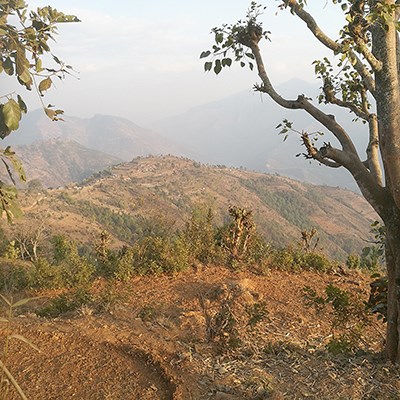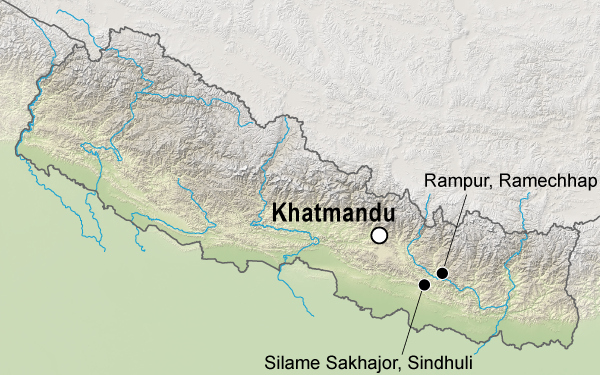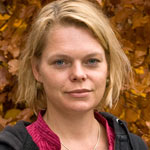Scientific publications from the research project and papers soon to be published or submitted:
Khatri Dil, Marquardt Kristina, Fischer Harry, Khatri Sanjaya, Singh Devanshi and Dilli Poudel (2023). Why is farming important for rural livelihood security in the global south? COVID-19 and changing rural livelihoods in Nepal’s mid-hills. Front. Dyn. 5:1143700.doi:10.3389/fhumd.2023.1143700
https://www.frontiersin.org/articles/10.3389/fhumd.2023.1143700/full
Poudel Dilli, Marquardt Kristina, Pain Adam and D il Khatri (in review). Changing role of community forests in rural livelihoods: Shifting forest management practices and the future of community and forest relationships.
Poudyal Bishnu, Khatri Dil, Paudel Dinesh, Marquardt Kristina, Khatri Sanjaya and Dilli Poudel (in review). De-agrarianisation and re-agrarianisation in patches: understanding microlevel land use processes in Nepalese smallholder landscapes
Pain Adam, Khatri Dil and Kristina Marquardt (in prep). Dancing with Uncertainty in the Himalayas in times of climate change.
Marquardt Kristina, Khatri Dil and Adam Pain (in prep). Going green: labour availability dynamics, landesque capital transitions and smallholder futures in the Nepalese mountains.
Dil Khatri, Dinesh Paudel, Bishnu Poudyal, Sanjaya Khatri, Dilli Poudel and Kristina Marquardt (in prep).Wild animals are becoming pests: Socio-ecological transitions and new human-wildlife relations in the Nepal Himalaya.
Bartholdsson Örjan, Poudel Dilli, Dil Khatri, and Kristina Marquardt (in prep). The anxiety of mobility in rural Nepal: The role subsistence agriculture plays for the strategies of economic and social mobility among smallholder households in the mid-Hills.


